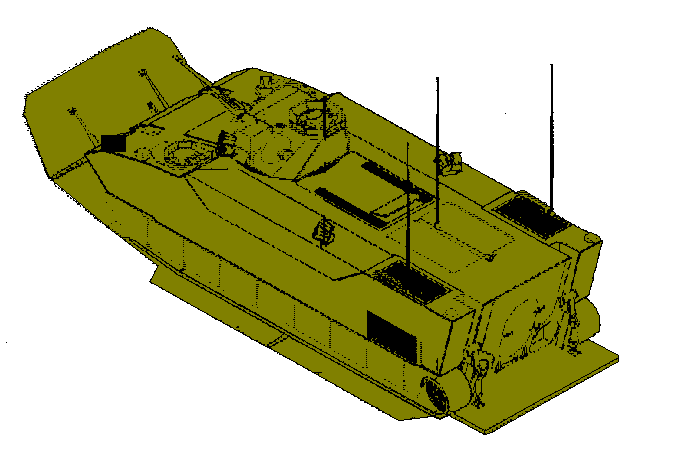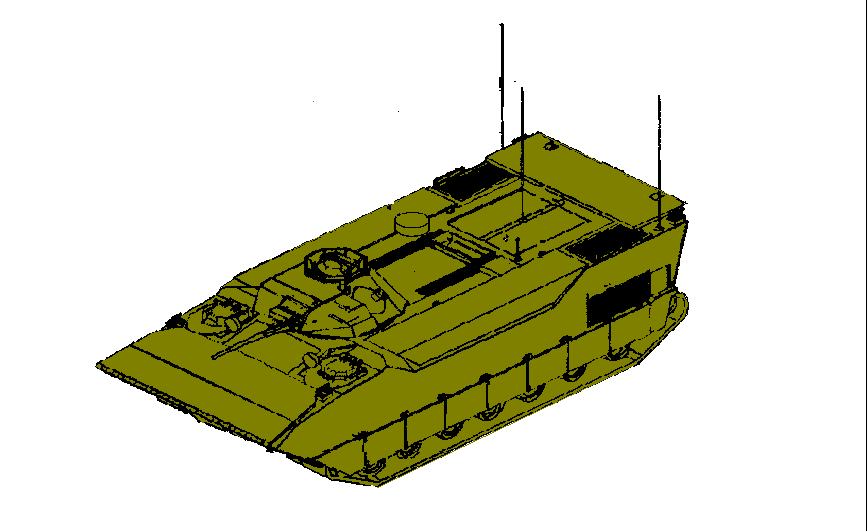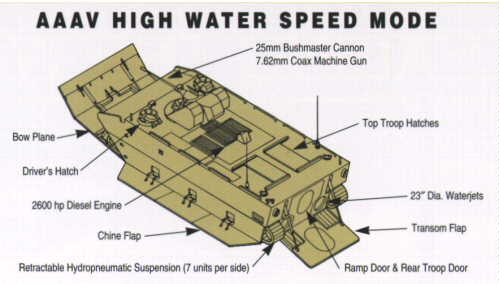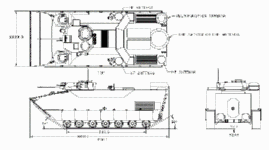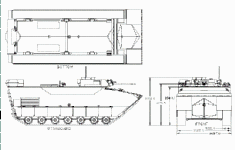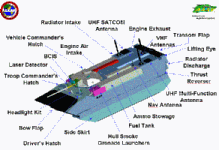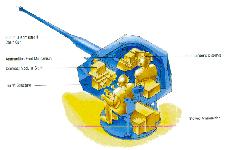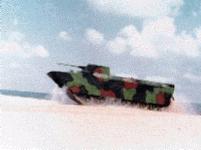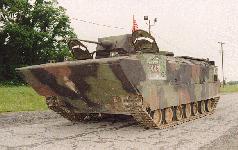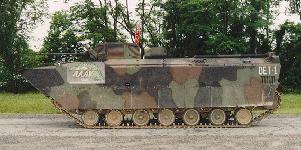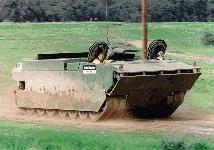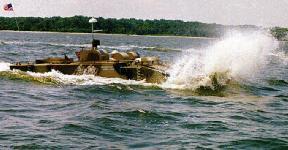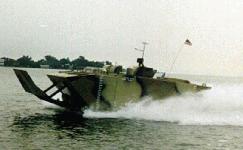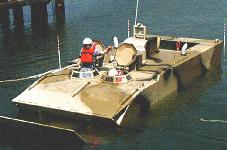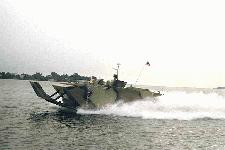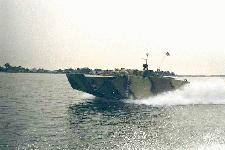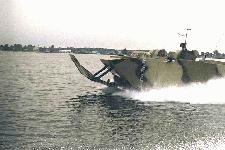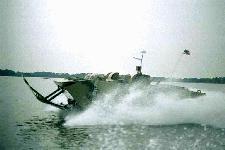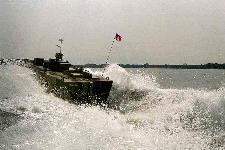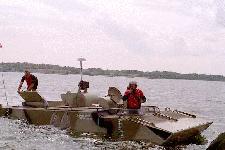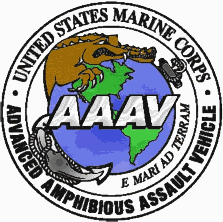
Comparison of Selected AAAV Requirements
With AAV's Current Capabilities
Function AAAV requirement AAV capability
------------------------------ ------------------ ------------------
Water speed 23-29 miles per 6-8 miles per hour
hour
Cross-country land speed Keep up with main 15-20 miles per
battle tank, which hour
travels at about
30 miles per hour
Range on water 65 miles 45 miles
Range on land 300 miles 300 miles
Troop-carrying capacity 18 combat- 18 combat-
equipped troops equipped troops
Survivability (armor Survive 14.5mm Can only survive
protection) bullets without 14.5mm bullets if
attaching enhanced enhanced armor
armor plating to plating has been
vehicle's hull attached to
vehicle's hull
Lethality (main armament) Defeat light 40mm and .50
armored combat caliber machine
vehicles of 2005- guns, which cannot
2025 time frame defeat light
during day and armored combat
night while moving vehicles of today
This is the U.S. Marine Corps only acquisition category (ACAT) I acquisition program. The Advanced Amphibious Assault Vehicle (AAAV) represents the signature mission of the USMC. A truly amphibious vehicle that will replace the USMC's aging current system and provide the capability to maneuver, combat loaded with a Marine rifle squad, at 20-25 knots in the water and maneuver cross country with agility and mobility equal or greater than that of the M1 Main Battle Tank (MBT). The AAAV will virtually revolutionize every facet of USMC combat operations. It is one of the most capable all-around weapon systems in the world. The technology to meet these requirements has been demonstrated, and the plan to procure this system represents the most operationally effective solution for meeting USMC requirements. The AAAV will allow the Navy and Marine Corps to seamlessly link maneuver in ships and maneuver ashore enabling Operational Maneuver From The Sea (OMFTS). The AAAV will be the principal means of armored protected land and water mobility and direct fire support for Marine infantry during combat operations. Based on this unique mission profile, the AAAV must leverage state of the art advances in water propulsion, land mobility, lethality and survivability. Lightweight components and structures that are cost and operationally effective and supportable together with a significantly more powerful engine are the primary technical challenges for the AAAV. There are currently 1,322 USMC Assault Amphibious Vehicles (AAV7A1 ) which will be replaced by 1,013 AAAVs beginning late in the first decade of the next century. The Marine Corps has a requirement to procure 1,013 AAAVs. Prior to December 1994, the cost to develop and procure AAAVs was estimated at $7.2 billion (then-year dollars). Due to budget constraints, DOD reduced AAAV funding in the FYDP by $189 million in December 1994. As a result, the Marine Corps extended the demonstration and validation phase 22 months and delayed procurement by 2 years, which increased the program's cost by $456 million, to $7.6 billion. As a result, low-rate initial production has been delayed from fiscal year 2003 to 2005; initial operational capability from fiscal year 2006 to 2008; and full operational capability--fielding all required AAAVs to the active assault amphibian battalions and the maritime prepositioning squadrons--from fiscal year 2012 to 2014.






